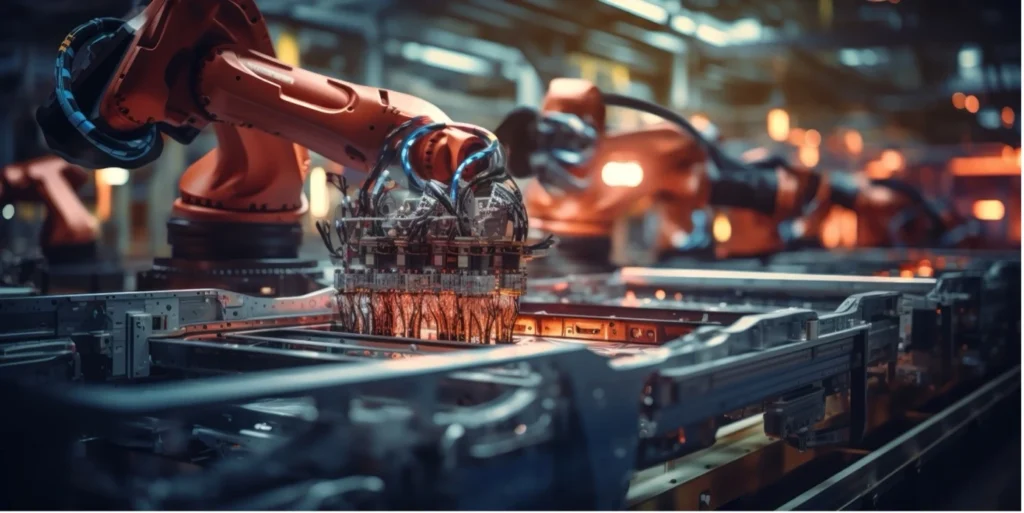In the face of growing competition in the manufacturing industry, every company faces the question of how to maximize its resources. A key metric that can help with this is OEE (Overall Equipment Effectiveness). If you’re still relying on traditional calculation methods, like Excel, it might be time for a change. Automating the OEE calculation process opens up new possibilities and brings numerous benefits.
What is OEE?
OEE is a metric for equipment efficiency, composed of three components: availability, performance, and quality. It measures how effectively your machines operate, where 100% indicates optimal efficiency. Aiming for a result above 85% can lead to significant gains.
How to calculate OEE?
- Availability – the time a machine can produce, with any downtime or breakdowns negatively impacting this metric.
- Performance – shows actual production versus the theoretical capacity of the machine.
- Quality – measures how many products meet quality standards.
Why automate OEE?
Traditional OEE calculation methods are time-consuming and prone to human error. Automation saves time, increases measurement accuracy, and provides real-time data, offering a clearer view of the current production state and enabling faster decision-making.
How OEE automation works – at a glance
- Data Collection – The system monitors machine operations and records any downtime.
- Instant Analysis – Data is processed in real time, enabling swift responses to potential issues.
- Reporting – You receive precise reports showing what’s happening on the production line.
Benefits of OEE automation
- Precision – Automation eliminates errors that can occur with manual data entry.
- Savings – Employees save time by avoiding tedious report generation.
- Responsiveness – Access to real-time data enables immediate action when problems arise.
- Better Planning – A comprehensive view allows for more effective production management.

Case study – a successful implementation of automated OEE
A food industry company implemented an automated OEE system and increased efficiency by 15% in just six months. Downtime decreased, and response times to failures became significantly shorter. Eliminating manual reports resulted in substantial savings.
What’s needed to implement automated OEE?
No worries—older machines can also be integrated into modern systems as long as they have basic signals, like a production counter. Introducing the OEE metric is one of the simplest forms of digitalizing production, allowing for gradual improvements. The essentials include:
- PLC Controllers – Collect information on the number of acceptable products, defective products, and machine status, such as whether it’s in automatic mode, on break, or experiencing technical issues.
- Network and Server – A server is required to run a specialized application for OEE data analysis and visualization. This application can be displayed on large screens in the production hall or on office computers, facilitating data review and analysis. If a server is unavailable, the system can run locally on a computer next to the machine.
Why invest in OEE automation?
OEE automation is key to effective production management. With precise data, you can gain greater control over processes, translating into better financial results. Investing in this step can yield profitable returns in a short time.
Implementing OEE automation is an investment that will pay off quickly, improving your company’s efficiency. Start today to make a lasting impact on your production’s future.
Contact us to discuss the possibilities!


